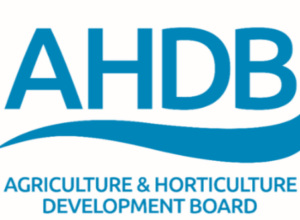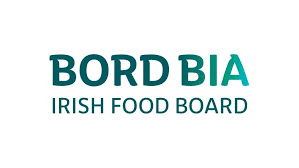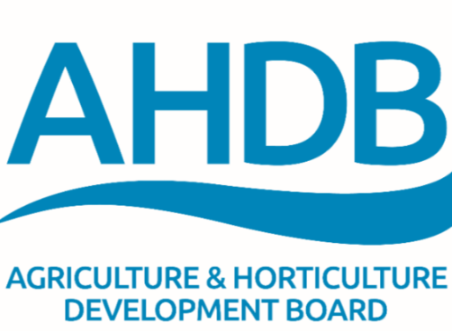Beef Market Update: Shortages Forecast in Irish Cattle Numbers
Key Points:
- Following a strong year for beef production, Irish cattle slaughter is forecast to fall by 5% in 2025 as supplies tighten.
- A mixed future is anticipated for Irish exports as European live export policy evolves.
- In the week of 24 February, the price differential between GB and Irish beef stood at 100.9p/kg, a historically wide position.
Strong Production in 2024 but Declines on Horizon
2024 was a robust year for Irish beef production, with export demand bolstering markets and driving gains in farmgate prices. Irish cattle slaughter (excluding calves) grew by 3% year-on-year to reach 1.88 million head, driven largely by heifers and cows. Coupled with a reduction in average weights, this resulted in Irish beef production increasing by 1% to 603,000 tonnes for the year. Average cattle weights have reduced over the past few years, influenced by a growing proportion of dairy-beef cattle coming to market.
For 2025, Bord Bia forecasts that Irish cattle slaughter will decrease by 5% to 1.72 million head, an 87,000 head reduction compared to last year. Within this, prime cattle slaughter is forecast to fall by 5% to 1.24 million head.
Indeed, cattle population figures suggest supplies will further tighten in 2026, with registrations of calves for beef production in Ireland (excluding dairy heifers) down a further 2% in 2024. The drivers for this decrease in numbers appear to be numerous, including the prolonged winter of 2023-24, policy changes around nitrogen management regulations, and an aging agricultural workforce.
Export Growth in 2024 for Beef and Live Cattle
Growth in exports was a key driver of the Irish market in 2024, both for beef and live animals, with Bord Bia estimating the total value of Irish primary beef exports to have increased by 6% to €2.8 billion in 2024.
Total Irish beef export volumes (including fresh, frozen, and processed) rose by 4% year-on-year to 441,000 tonnes in 2024, driven largely by increased shipments to continental EU and the UK amid supply shortages. The strength of the UK market contributed to a favourable price differential for Irish products, increasing price competitiveness with their UK counterparts. UK import volumes of Irish beef rose by 11% in 2024. Meanwhile, Irish live cattle exports rose by 17% in 2024 to just under 379,000 head, with calves accounting for 56% of this trade. Weanling and store cattle were the key drivers of increased live trade, driven by European dairy and beef herd reductions. Tighter European cattle numbers and disease restrictions also contributed to strong growth in Irish live exports to North Africa.
Moving forward, Irish live exports, especially those of veal calves, face an uncertain future as proposed changes to EU transport legislation will add further cost and administrative requirements to live animal exports. Significantly, reports indicate that the Netherlands will no longer be a viable destination for Irish calves after 2025 as the Dutch Veal forward plan is implemented with strict IBR and husbandry requirements for exporting countries. Bord Bia reports that in 2024 calf exports totalled around 200,000 head, with Spain, Italy, and the Netherlands identified as key markets.
Original story: AHDB



